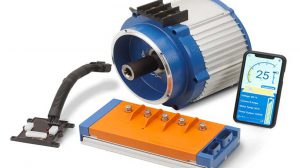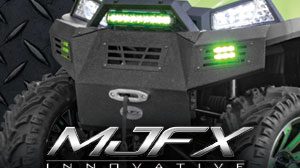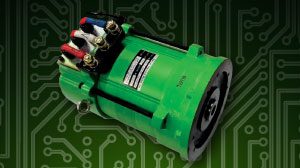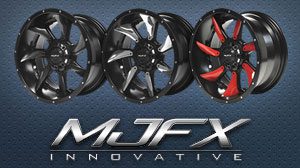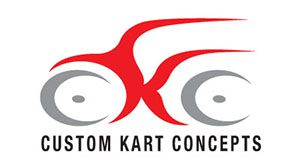Q: Al writes: Mr. Kramer, I have a Marathon model electric car, I recently put a new motor on and it does not go any faster than it did. Can you offer soje suggestions?
A: Before spending anymore money on the car let’s talk about some area’s of concern. There are hundreds of those old cars across the country and being used in Construction, Hunting, Off-Road, Farms and you name it. So it is not a waste of time to repair the car as it can still perform as well as some of the newer models. Before we start I want you to understand a stand alone motor only is only one part of the car. That motor is a series wound motor and will only be as powerful as its weakest link. I have taught for years that electric powered vehicles are powered by a system. You have to think of it as a system and consists of a motor, controller, cables, contactor and the battery pack. With that said let’s look at some things.
Batteries:
Perform a complete load test on the batteries. This is done by applying a continuous 75 amp draw on the batteries for a long period of time. So you must use a devise that can sustain that constant load. Automotive testers are not designed to do that. While monitoring each battery during a discharge for a period of 90 to 100 minutes you can determine the battery pack condition. Typically, a pack that can perform up to 60 minutes is deemed to be good. However, you will have a noticeable loss of run time. Anything under 60 minutes, look for a single defective battery or batteries. If you have a load applied and a single battery cannot produce its rating then you will see that in loss of speed and torque very quickly. So your starting point is to confirm you have a good working set of batteries!
Cables:
Cable size and fitment matters a lot. For a motor that is demanding high current draws the conductors have to be large enough to deliver that current demand. Any kind of resistance to current flow will affect motor performance. Such as a loose connection, undersized cables or corrosion. Usually, you can just drive a car for 10 minutes or so up hills or hard usage. Then feel of all the connection points and if you find a really hot area, I mean it makes you let go then you have found a point of resistance. Determine if that spot is loose, corroded, undersized or just worn out. Repair that area.
Controller:
Solid state controlled cars not resistor controlled cars only. Do not use a speed motor on a resistor controlled car! So at this point let’s not confuse those two cars with this suggestion list. A controller on a Series Wound Motor system will not increase the speed of the car. The motor determines the speed/torque of the car. However the controller must be of a size that can deliver the amount of amperage the motor demands. So if you install a high speed/torque motor you must also install a controller of a size (amperage) that can keep up with motor demand. Stall test the system and see what amperage the controller can produce. The use of a shunt or amp clamp can be used to do this. Low current limit means a controller is defective or a motor has some brush issues or internal issues. Low current limit can be a result of a Potentiometer that is out of adjustment or is worn out. Test the Potentiometer for a 0 to 5K wipe. Once you have a correct wipe recheck the controller current limit. If it is still low check the motor for defects. If the motor is correct than replace the controller. Replace with a controller that is rated high enough for use with the motor being used.
Contactor (Solenoid):
Again the current demand created by the motor travels through the contactor. The contactor contacts must be of a size that can carry that load. If the contacts are too small than resistance is created and loss of power is noticed.
Motor:
Motors used on 36 volt system are a tad bit hard to work with in terms of high torque and speed. Yes, you can do that it just is not as good as you will see with 48 volts systems. So, if you are comparing your car to someone else’s car make sure you are comparing apples to apples. A new motor takes some time for the brushes to fully seat in. The speed of a car can change by 3 or 4 mph when the brushes fully seat. Think of it as you would an automobile engine with new rings. Take it easy for a while and give the brushes time to seat.
So my tips are:
1) Do not base speed and torque on motor only.
2) This is a system and must have the correct system parts, motor, controller, contactor, batteries and cables.
3) The Potentiometer has a large part to do with the cars speed and torque.
4) Mechanical condition of the car can affect the speed and torque of the car. Low tire pressure, wheel alignment, dragging brakes, worn axle bearings. Correct any mechanical condition that may be needing repair,
adjustment or replacement.






